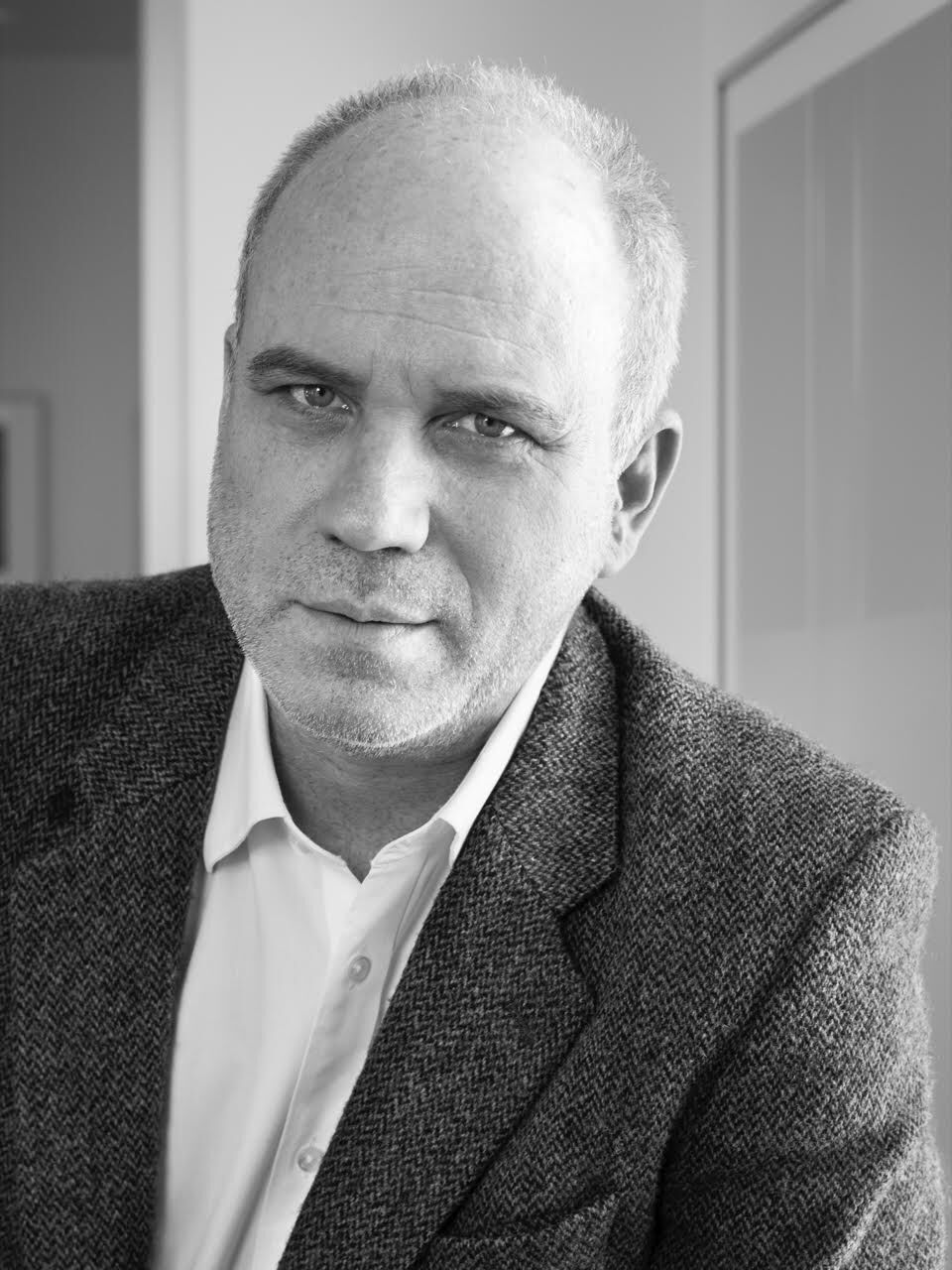Film Review: The Price of Everything
Courtesy of HBO Documentary Films.
Belle McIntyre
This insightful deep dive into the shark-infested waters of the contemporary art world will be riveting to anyone who is interested in the contemporary art world - from serious collectors, dealers, gallerists, and curators, who will probably take issue with some of the premises; and casual lovers of art who may wonder what exactly accounts for the trends, the seemingly unfathomable amounts of money paid for single works of art, many of which will go into private collections and ever after be unavailable for all but the few. Unsurprisingly, there is no simple answer to the question of who decides what is priceless.
But Nathaniel Kahn is focusing on the extreme commodification of art today and he posits that it all began on October 18, 1973. It was the Collection of Robert and Ethel Scull Contemporary Art sold at Sotheby Park-Bernet. That was a day that I remember well, since I was working there at that time. As a 20-something art history major whose first job at SPB was quite a coup, being at this sale was not to be missed as it was a major event. The Scull’s were a high-profile couple and the sale had gotten super-hyped in the press. The sale fetched astronomical prices for work by Jasper Johns, Robert Rauschenberg, Andy Warhol and other pop artists and abstract expressionists, breaking many records, Apparently, it was a watershed moment for contemporary art, although the prices compared to today look almost laughable. The attitude then was dawning that art was a great investment and way sexier than the stock market.
Art collector Stefan Edlis in front of (l. to r.) artist Urs Fischer’s “Dried” collage and “Untitled (Candle)” sculpture as part of Edlis’ collection in The Price of Everything, directed by Nathaniel Kahn. Courtesy of HBO Documentary Films.
Kahn interviews various collectors, in particular, the Chicago couple Stephen Edlis and Gael Neeson, voracious collectors who track work like big game hunters, and Holly Peterson, a writer and collector. Amy Capalazzo, a department head at Christie’s is as passionate about acquiring work for Christie’s as if it were a mission. She is equally brilliant at presenting and marketing. Interviews with gallerists like Jeffrey Deitch, Mary Boone and Gavin Brown as well as Simon de Pury deal with the targeting of sales to high profile collectors and museums, which upgrades the artists “brand” and simultaneously the value. Also the collecting class is big on coffee table books containing pictures of art which they own. So art book publishing is polishing the images of artists and their owners as art has become such a status symbol.
Artists like George Condo, Gerhard Richter, Marilyn Minter and Njideka Akunyili Crosby opine on the trials and tribulations of dealing with the gallery owners and how stifling the system can be until they learn how to play the game and suddenly things turn around and the system can lift them up and handsomely reward them. The two artists who were most focused on and are polar opposites are excellent examples of the old school (arguably more purist) embodied by Larry Poons and the new breed, as epitomized by Jeff Koons. Koons who made a bundle on Wall Street before he cashed in his chips to make “art” reveals his cynical and materialistic roots by re-purposing recognizable kitschy objects from pop sculpture (a la Warhol) into large scale sculpture with no evident contextual meaning or aesthetic relevance. They are machine made in a factory and he has very little to do with the process (not unlike those Wall Street financial creations which caused the crash). But they sell for astronomical prices and are sold to people like himself for whom money is not remotely an issue. Apparently there are now so many of them in public spaces that they are being vaguely disdained as “lobby art” which seems a fair description.
Artist Jeff Koons in front of one of his "Gazing Ball" paintings in The Price of Everything, directed by Nathaniel Kahn. Courtesy of HBO Documentary Film.
Larry Poons, by contrast, who was hugely successful in the 1960’s with his endless variations of dot paintings, is also profiled. These are still memorable and recognizable to this day. But when he changed style and moved on he fell off of the radar screen for years. He continued to paint diligently and daily in an old shed in the woods in upstate New York. Now in his 80’s he is being re-discovered and a gallery is giving him a show of all of his new art, which is nothing like his dot paintings, but it is very vital and alive, loaded with color and gesture, and the artist’s hand is very visible. His story reminds me of Yayoi Kusama’s even more dramatic career trajectory, except that she labored in relative obscurity until now in her 80’s; she is the most viewed artist in the world with multiple museum shows internationally.
What I drew from this investigation is that the art market, while always vulnerable to the vagaries and machinations of the invested buyers, sellers, and collectors, is really a reflection of the zeitgeist of the moment. The concentration of vast quantities of money in the hands of the uber rich creates a market for things of rarified value to have and to hold as signifiers of status and as a hedge against market fluctuations. And if people already have all of the properties, houses, cars, boats and planes they can accommodate, art looks somewhat practical. And markets can be manipulated and created when the stock runs low. Just look at Larry Poons. And, yes, it has way less to do with a genuine love of art. Not for all, but for many it is just a game and a gamble like financial markets and art is just another sexy commodity.
The Price of Everything director Nathaniel Kahn. Photo credit: Raymond Meier.











